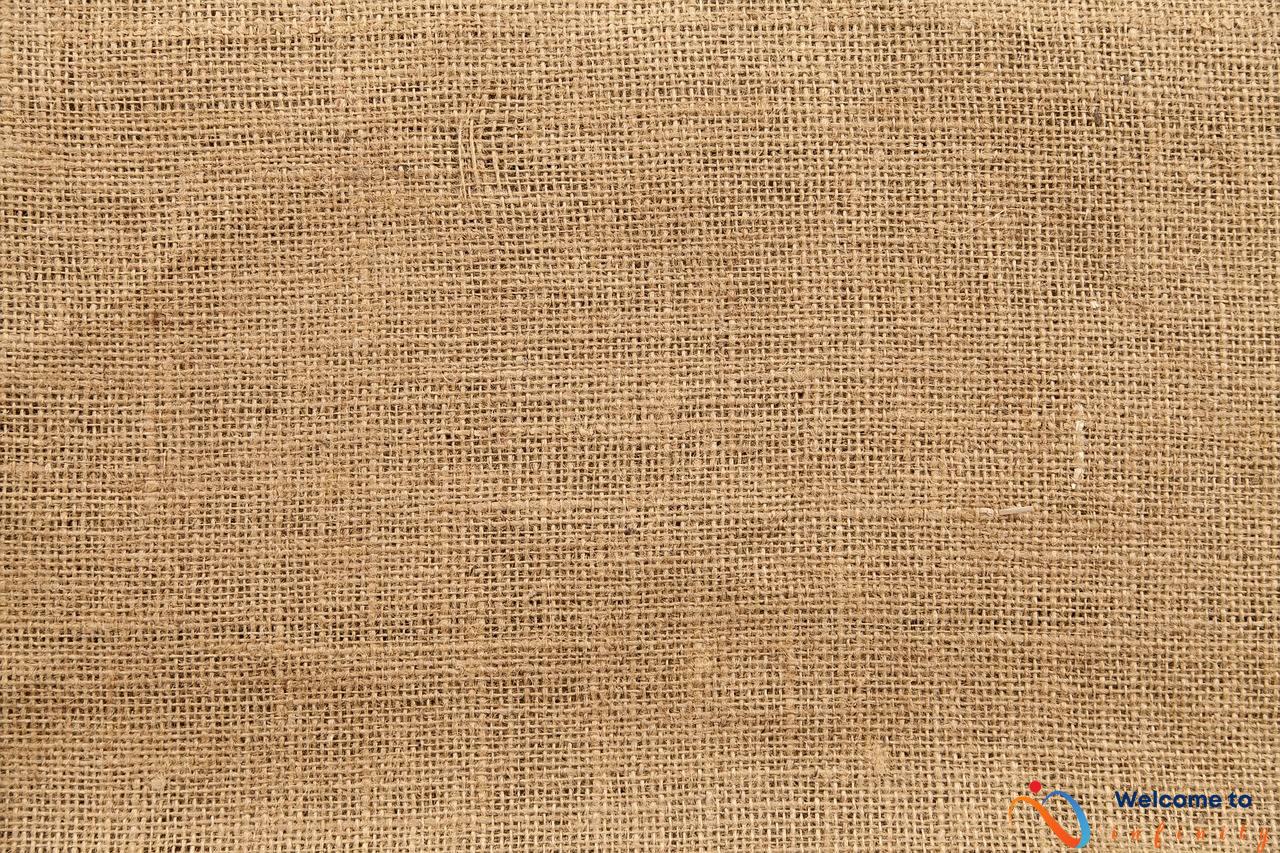If you have acne-prone skin, finding the right sunscreen can be a challenge. Some sunscreens can cause breakouts and aggravate existing acne, making it seem impossible to protect your skin from the sun's harmful rays. Fortunately, there are many sunscreens on the market that are specifically designed for acne-prone skin.
By choosing a gentle sunscreen that won't clog pores, you can protect your skin from sun damage without exacerbating your acne. So, how do you know which sunscreens are best for your skin? We've compiled a list of the top sunscreens for acne-prone skin, along with tips on how to use them effectively.
- Zinc oxide sunscreens are an excellent choice for acne-prone skin.
- Titanium dioxide sunscreens are also gentle on acne-prone skin and provide full-spectrum protection.
- Niacinamide sunscreens can help soothe and reduce inflammation in acne-prone skin.
Keep reading to learn more about these three types of sunscreens and discover the best options for protecting and nourishing your acne-prone skin.
Why Sunscreen is Important for Acne-Prone Skin
If you have acne-prone skin, wearing sunscreen is a must, even if you think you don't need it. Sunscreen is important for acne-prone skin because some ingredients in traditional sunscreens can clog pores and make breakouts worse. Additionally, UV rays can cause hyperpigmentation, premature aging, and damage the skin's natural barrier, making it more vulnerable to acne.
Fortunately, there are now plenty of sunscreens available that are formulated specifically for acne-prone skin. These sunscreens are typically lightweight, non-comedogenic, and free from pore-clogging ingredients like fragrances, oils, and silicones. This means that you can protect your skin from the sun's harmful rays without worrying about triggering breakouts or worsening your acne.
When choosing a sunscreen for acne-prone skin, look for products that contain ingredients like zinc oxide, titanium dioxide, and niacinamide. These ingredients are gentle on the skin, provide broad-spectrum sun protection, and can help improve the appearance of acne-prone skin. You should also check the SPF rating to ensure that you're getting adequate protection, and look for a formula that works well with your skin type.
Ingredients to Look for in Sunscreens for Acne-Prone Skin
Acne-prone skin needs special attention when it comes to choosing a sunscreen. Traditional sunscreens may contain ingredients that clog pores and worsen breakouts. However, some formulations are gentler on acne-prone skin and offer the same level of sun protection.
Zinc oxide is a physical sunscreen that provides broad-spectrum UVA and UVB protection. It sits on top of the skin and reflects the sun's harmful rays. Zinc oxide is non-irritating, making it a great choice for those with sensitive or acne-prone skin. Titanium dioxide is another physical sunscreen that is gentle on acne-prone skin. It works in the same way as zinc oxide by reflecting UV rays.
Niacinamide is an ingredient that can help reduce inflammation and redness in acne-prone skin. It is often used in skincare products for its ability to regulate oil production, which can be beneficial for those with oily or combination skin types. Sunscreens with niacinamide can provide additional benefits by soothing the skin and reducing the risk of acne breakouts.
- Zinc oxide
- Titanium dioxide
- Niacinamide
If you have acne-prone skin, look for sunscreens that contain these key ingredients to ensure maximum protection without aggravating your skin. You can also opt for oil-free or non-comedogenic formulations that won't clog pores. Remember to always patch test new products and consult with a dermatologist if you have any concerns about your skin.
Zinc Oxide Sunscreens
For those with acne-prone skin, zinc oxide sunscreens can provide much-needed protection from the sun's harmful rays without exacerbating breakouts. Zinc oxide is a physical sunscreen that works by blocking UVA and UVB rays, and it is gentle on sensitive skin.
When choosing a zinc oxide sunscreen, it's important to choose one with a high enough concentration of the active ingredient, typically at least 15%. Look for a formula that is non-comedogenic, oil-free, and fragrance-free.
Some of the top zinc oxide sunscreens for acne-prone skin include EltaMD UV Clear Broad-Spectrum SPF 46, which contains 9% zinc oxide and is also formulated with niacinamide to help reduce inflammation and irritation. Another option is La Roche-Posay Anthelios Mineral Zinc Oxide Sunscreen SPF 50, which contains 21.6% zinc oxide and is gentle enough for even the most sensitive skin.
When applying zinc oxide sunscreen, be sure to apply enough to fully cover your face and any other exposed skin. Reapply every couple of hours if you will be in the sun for an extended period of time.
Overall, zinc oxide sunscreens are a great choice for those with acne-prone skin who want to protect their skin from the sun's damaging rays while avoiding further breakouts.
Top Zinc Oxide Sunscreens for Acne-Prone Skin
If you have acne-prone skin, finding the right sunscreen can be a challenge. Traditional sunscreens can often clog pores and make acne worse. Luckily, there are options available with acne-friendly ingredients like zinc oxide.
At the top of the list for zinc oxide sunscreens for acne-prone skin is EltaMD UV Clear Facial Sunscreen. This non-comedogenic formula is oil-free and contains vitamin E and hyaluronic acid to moisturize and protect the skin. La Roche-Posay Anthelios Clear Skin Face Sunscreen is another great option, with a light texture that won't leave your skin feeling greasy.
Zinc oxide sunscreens are beneficial for acne-prone skin because they provide broad-spectrum UVA and UVB protection without blocking pores. When using a zinc oxide sunscreen, it's important to apply it correctly to ensure maximum protection and minimal breakouts. Be sure to apply enough sunscreen to cover all exposed skin, and reapply every two hours if you are outside for an extended period of time.
| Product | Key Features |
|---|---|
| EltaMD UV Clear Facial Sunscreen | Non-comedogenic, oil-free, contains vitamin E and hyaluronic acid |
| La Roche-Posay Anthelios Clear Skin Face Sunscreen | Light texture, won't leave skin feeling greasy |
| Neutrogena Sheer Zinc Face Sunscreen | Non-comedogenic, oil-free, contains vitamin C and hydrating hyaluronic acid |
When choosing a sunscreen for acne-prone skin, be sure to look for ones that are non-comedogenic and oil-free. Ingredients like niacinamide and titanium dioxide can also be beneficial for acne-prone skin. By finding the right sunscreen for your skin type, you can stay protected from the sun's harmful rays without worsening your acne.
How to Apply Zinc Oxide Sunscreen
To get the most out of your zinc oxide sunscreen, you need to apply it correctly. Here are some steps to follow:
- Start with clean, dry skin. If you're using other skincare products, apply them first and give them time to absorb before applying sunscreen.
- Take a nickel-sized amount of sunscreen and dot it on your forehead, cheeks, nose, and chin.
- Use your fingers to blend the sunscreen into your skin, making sure to cover all areas of your face and neck.
- Wait a few minutes for the sunscreen to absorb before applying makeup or going outside.
- Reapply every two hours or after swimming or sweating heavily.
Remember, using too much sunscreen can cause breakouts, so finding the right amount for your skin is crucial. If you're not sure how much to use, start with a small amount and add more if necessary. You can also experiment with different application methods, such as using a makeup sponge or brush to apply sunscreen.
By following these steps, you can ensure maximum protection and minimal breakouts from your zinc oxide sunscreen.
Titanium Dioxide Sunscreens
Titanium dioxide sunscreens are excellent options for those with acne-prone skin because they are physical sunscreens that don't clog pores. Like zinc oxide, titanium dioxide is a mineral that reflects UV rays away from the skin, making it a safe and gentle option for easily irritated skin.
You can find a variety of titanium dioxide sunscreens that are specifically designed for acne-prone skin. These sunscreens often contain additional ingredients that soothe inflammation and prevent breakouts, such as salicylic acid, niacinamide, or tea tree oil.
When selecting a titanium dioxide sunscreen for acne-prone skin, make sure to choose one that is labeled non-comedogenic, which means it won't clog pores. Some popular options include Neutrogena Clear Face Liquid Lotion Sunscreen and Clinique Super City Block Oil-Free Daily Face Protector.
As with any sunscreen, it's important to apply titanium dioxide sunscreen correctly for maximum protection and minimal breakouts. Make sure to apply it liberally to all exposed skin and reapply every 2 hours or after sweating or swimming. You can also use additional sun protection like hats and shade to avoid excessive sun exposure.
Top Titanium Dioxide Sunscreens for Acne-Prone Skin
Titanium dioxide is another physical sunscreen that is gentle on acne-prone skin, making it an excellent choice for those who are prone to breakouts. Here are some of the top titanium dioxide sunscreens for acne-prone skin:
| Product | Description |
|---|---|
| Neutrogena Clear Face Break-Out Free Liquid Lotion Sunscreen | Oil-free and non-comedogenic, this sunscreen is specially formulated for acne-prone skin. It contains Helioplex technology, which provides broad spectrum UVA and UVB protection. |
| Clinique Super City Block Oil-Free Daily Face Protector | This lightweight, oil-free sunscreen is perfect for daily use. It contains titanium dioxide and zinc oxide, as well as antioxidants that help protect against environmental damage. It is also non-acnegenic and fragrance-free. |
Both of these sunscreens are highly rated by users and dermatologists alike. When choosing a sunscreen for acne-prone skin, it is important to look for products that are oil-free, non-comedogenic, and contain physical sunblock agents like titanium dioxide or zinc oxide. These ingredients provide effective sun protection without clogging pores or causing breakouts.
How to Apply Titanium Dioxide Sunscreen
If you have acne-prone skin, it's important to use titanium dioxide sunscreen that is oil-free and non-comedogenic. Here are some tips for applying it effectively and preventing breakouts.
- Start with clean skin. Use a gentle cleanser to remove any dirt, oil, or makeup before applying sunscreen.
- Apply sunscreen at least 15-30 minutes before going outside. This will give the sunscreen time to absorb into your skin and provide optimal protection.
- Use the recommended amount of sunscreen. Most people only apply about half of the amount they actually need, which can significantly reduce the effectiveness of the product.
- Apply sunscreen evenly to all exposed skin. This includes your face, neck, chest, arms, and legs. Use circular motions to ensure an even application.
- Reapply sunscreen every two hours or after swimming or sweating. Even water-resistant sunscreens need to be reapplied regularly to provide continued protection.
- Avoid touching your face after applying sunscreen. This can transfer oils and bacteria from your hands onto your skin, which can lead to breakouts.
By following these tips, you can ensure that your titanium dioxide sunscreen is effective and won't aggravate your acne-prone skin. Remember to choose a sunscreen that is specifically designed for acne-prone skin and includes ingredients like niacinamide to soothe and protect your skin.
Niacinamide Sunscreens
Niacinamide is a form of vitamin B3 that is known for its anti-inflammatory properties and its ability to reduce redness in the skin. When used in sunscreens for acne-prone skin, niacinamide can help prevent breakouts and soothe existing pimples.
Studies have shown that niacinamide can also help minimize the appearance of pores and improve skin texture. This makes it an excellent ingredient to look for in sunscreens, particularly if you have oily or combination skin that is prone to acne.
Some popular sunscreen brands that incorporate niacinamide in their products include Paula's Choice, CeraVe, and EltaMD. These sunscreens are also formulated with other acne-friendly ingredients like zinc oxide and titanium dioxide, making them a great choice for anyone with acne-prone skin.
- Paula's Choice RESIST Super-Light Daily Wrinkle Defense SPF 30
- CeraVe Hydrating Sunscreen SPF 50
- EltaMD UV Clear Broad-Spectrum SPF 46
When using a niacinamide-containing sunscreen, be sure to apply it liberally and evenly to your face and neck at least 15 minutes before sun exposure. Reapply every two hours or more frequently if you are swimming or perspiring heavily. By incorporating a niacinamide sunscreen into your daily skincare routine, you can protect your acne-prone skin from the sun's harmful UV rays and promote clearer, healthier-looking skin.
Top Niacinamide Sunscreens for Acne-Prone Skin
For those with acne-prone skin, finding a sunscreen that won't worsen breakouts can be a challenge. One ingredient that can be helpful in protecting and soothing acne-prone skin is niacinamide. Here are some of the top niacinamide sunscreens for acne-prone skin:
| Product | Brand |
|---|---|
| Oil-Free Moisturizer with SPF 30 | CeraVe |
| Ultra Light Daily UV Defense Aqua Gel | Shiseido |
| Clear Face Sunscreen SPF 30 | Neutrogena |
| Oil-Free Sunscreen Lotion for Acne Prone Skin | Paula's Choice |
CeraVe's Oil-Free Moisturizer with SPF 30 is a great option for those with acne-prone skin. It contains 4% niacinamide to help soothe and protect the skin, as well as hyaluronic acid to hydrate and restore the skin barrier. Additionally, it's oil-free and non-comedogenic, which means it won't clog pores and make breakouts worse.
Shiseido's Ultra Light Daily UV Defense Aqua Gel is another great option for acne-prone skin. It provides broad spectrum SPF 50+ protection and contains 2% niacinamide to help reduce inflammation and redness. Additionally, it's oil-free and non-comedogenic, making it a great choice for those with oily or acne-prone skin.
For a drugstore option, Neutrogena's Clear Face Sunscreen SPF 30 is a great choice. It contains 2.5% niacinamide to help soothe and protect the skin, and is oil-free and non-comedogenic. It also has a matte finish, making it a great option for those with oily skin.
Finally, Paula's Choice Oil-Free Sunscreen Lotion for Acne Prone Skin is another great option for those prone to acne. It contains 2% niacinamide as well as other beneficial ingredients such as green tea and vitamin C. It's also oil-free, fragrance-free, and non-comedogenic.
When looking for a niacinamide sunscreen, it's important to read the product label carefully to ensure it's suitable for your skin type and won't worsen breakouts. Additionally, it's important to apply sunscreen every day to protect the skin from sun damage and prevent further inflammation and breakouts.
How to Incorporate Niacinamide into Your Skincare Routine
If you have acne-prone skin, incorporating niacinamide-containing sunscreens into your daily skincare routine is a great way to protect your skin from harmful UV rays while preventing breakouts. Here are our top tips for using niacinamide sunscreens:
- Choose a sunscreen that contains at least 5% niacinamide, as this concentration has been shown to be effective in reducing inflammation and redness in acne-prone skin.
- Apply the sunscreen liberally to your face and neck 15-30 minutes before sun exposure, and reapply every 2 hours or after sweating or swimming.
- When using niacinamide sunscreens for the first time, start with a small amount on a patch of skin to test for sensitivity or allergic reactions.
In addition to using niacinamide sunscreens, incorporating other skincare products containing niacinamide into your routine can also help prevent breakouts and promote healthy skin. Look for products like toners, serums, and moisturizers that contain this ingredient. Be sure to follow manufacturer instructions for usage and application.
If you're unsure about which niacinamide sunscreens or other skincare products to use, consult with a dermatologist or skincare specialist for personalized recommendations that suit your skin type and specific needs.












